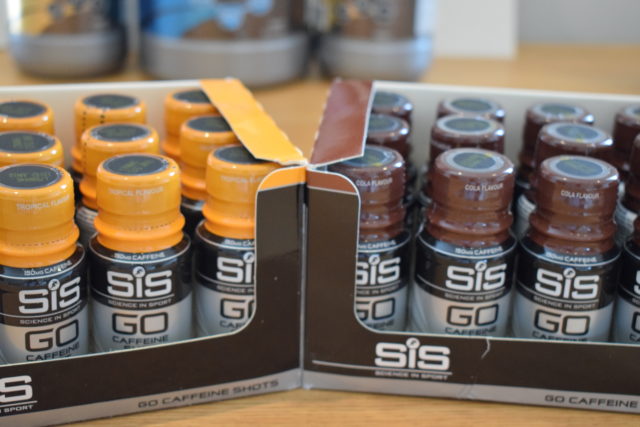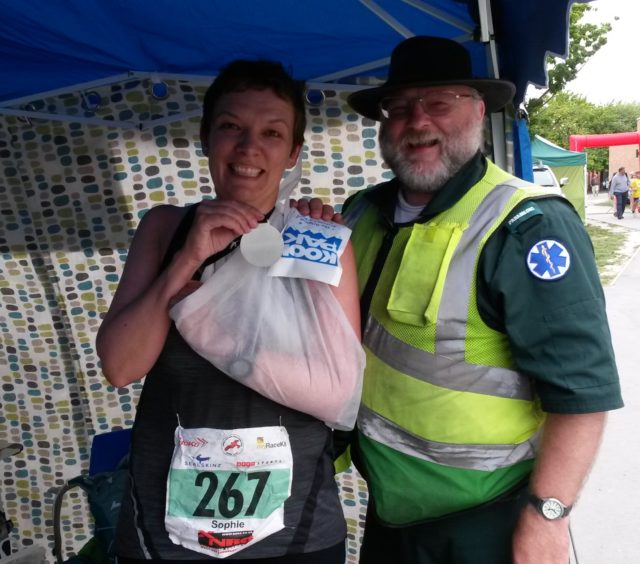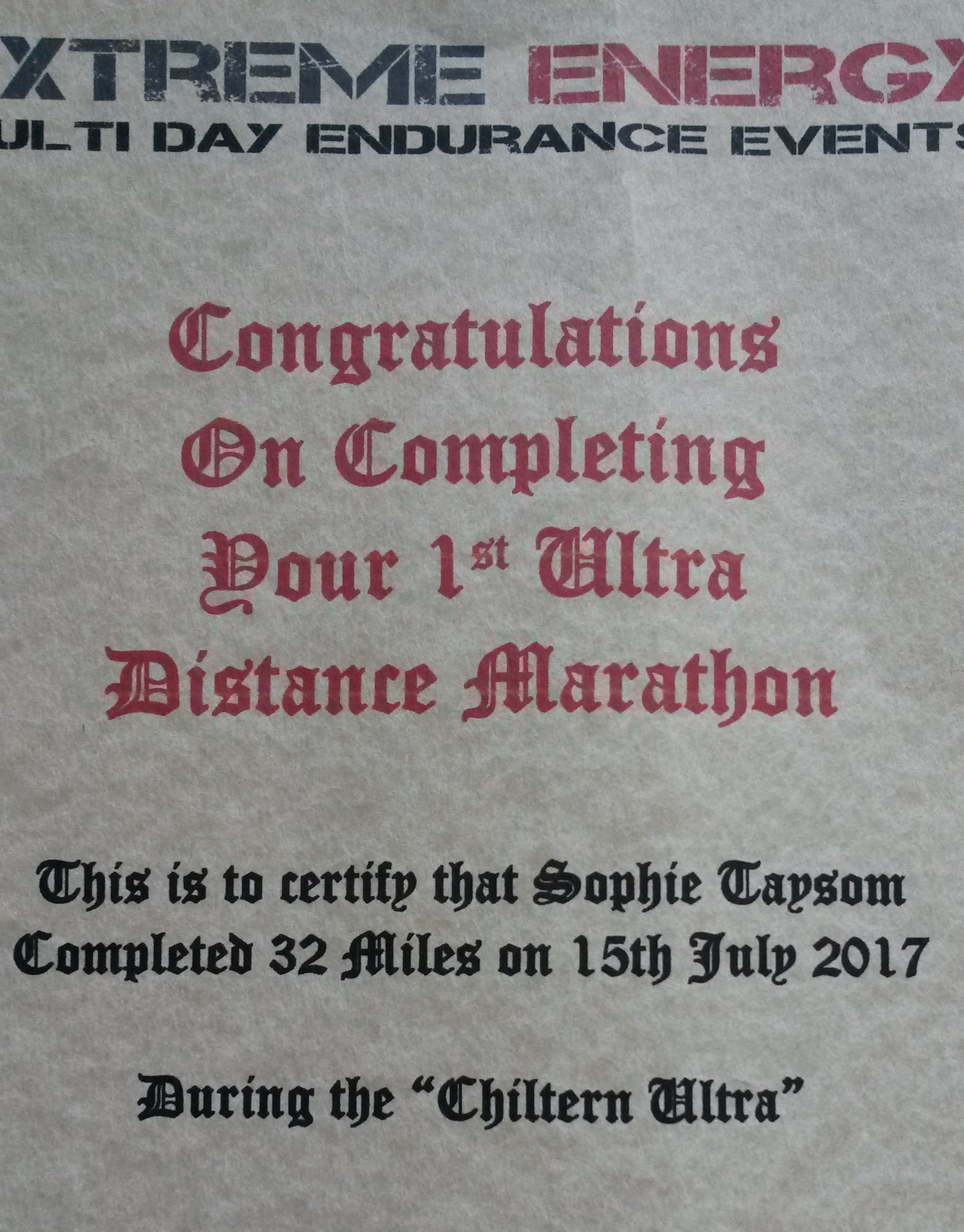Running a 50k is an amazing experience. Well, there was a lot of walking on my part but hey ho.
It’s been a couple of weeks since I completed the Chiltern Challenge 50k. Review here. I learned a lot – in the training, on the day, and about myself. While the day certainly didn’t play out as planned, took longer than expected, and included a lot of pain, I’d do it again in a heartbeat. There’s nothing I’d change about the race itself, but there are things I’d do a little differently in the lead up.
Running a 50k: What I learned
Planning
I didn’t plan this one too well. I booked this race a few weeks before the London Marathon and then went into denial. At the time it was very much a case of ‘What have I done?’.
The London Marathon came and went. While I didn’t meet my first or second time goal, I did meet my third. It wasn’t easy. Despite all the core and stretching work and the miles in training, my feet felt like they were starting to bruise at about mile 15 and my hip flexors started giving me grief from mile 18. By the end, walking hurt, running hurt more.
I took it easy for the next couple of weeks. I didn’t count the days until the Chiltern Challenge. I scouted around for training plans in a panic. These were all very different to what I was used to for marathon training plans with alternate weeks of high and low mileage. I selected a plan and then translated it onto an excel spreadsheet.
And the training began. And the training was tiring. In addition to high and low mileage, I was meant to be doing one set of hills reps and one speed session a week and a couple of weight sessions – this fell by the wayside quickly as I just didn’t have it in me. And I did hit some local trails. If I’d had more time, perhaps I would have even done some more trail races in the lead up. I did do the Women Can Marathon as part of a relay covering half the distance [review here] and would love to go back next year, if they’re putting it on, to do the full!
Injury, or avoiding it in my case
I’ve had a couple of niggles and an issue with my back at one point but been largely free from injury. And the reason? I think it has to do with consistent core work and stretching. While I’ve been a little slack over the last couple of weeks, I do know just that 10 or 15 minutes a day makes a huge difference.
Learning to walk and run
One thing I learned scouring various websites and speaking to ultrarunners is walking is an important component of many ultras, particularly those with hills. I built in walking to my longer runs. At first this felt very odd. When marathon training, walking feels almost like a failure. When ultrarunning, walking is part of the run.
It took a few weeks to get used to it. What I didn’t expect and came to realise is that inserting short walking stints between running feels so natural to a point where I feel I could just keep going. At the end of longer runs, while I was exhausted, my body didn’t feel nearly as beaten up as it did pounding the roads marathon training. What was great on race day was seeing most folk walking up hills from very early on, with me joining them.
Nutrition
 A huge thank you to SiS for sending me caffeine shots and other goodies that I’ll review in the next few weeks. Gels and caffeine shots are my go to. But I knew that this was going to be a very long day and I’d also need food.
A huge thank you to SiS for sending me caffeine shots and other goodies that I’ll review in the next few weeks. Gels and caffeine shots are my go to. But I knew that this was going to be a very long day and I’d also need food.
I practiced nutrition. I did a marathon in training and in addition to the caffeine shots and a few gels, I took along some wraps with vegemite (yep, I’m an Aussie/Brit with a love of vegemite), jelly babies and dates, and pretzels. The combination worked well with no stomach issues. Though a delicate point to add, Imodium is my friend on long runs which does help.
On the day it meant I could grab handfuls of cornchips, pretzels and sandwiches without the fear of indelicate consequences.
The Outcome
 OK, so I picked up a random injury which meant not being able to use my arm from about mile 15 and lots of sobbing along the way, but I finished. This is a race I can say I’m proud of – my first ultra.
OK, so I picked up a random injury which meant not being able to use my arm from about mile 15 and lots of sobbing along the way, but I finished. This is a race I can say I’m proud of – my first ultra.
And after a session with my physio and a few exercises, my arm and shoulder are now almost back to normal!
The question is: will there be others? Watch this space.
Next steps
Mileage
I’m still in recovery mode. While I had a great 5 mile run on the weekend, the following day I could only manage 2 miles. I’ll give myself another week or two before getting fully back into running. I’d like to be averaging between 25 – 35 miles a week with some speed sessions/hills thrown in.
Speed
Yes, I’d like to get speedier. After ultra training and lots of very slow runs, I fell I’ve slowed down even more. Time to look at speed training and some shorter distance races.
The one thing I can do here is to lose a little weight – I know I’ve said this before. On the scale, I sit on the irritating BMI cusp of normal to overweight.

I don’t care so much for BMI. I remember a few years back being weighed at my GP surgery. The practice nurse looked at the scale, looked at me, looked at the scale, and said ‘that can’t be right. You can’t weigh that much.’ This was before running when I used to walk a lot. I put it down to having some muscle mass.
But I do know that losing a few pounds would help with speed and perhaps even help with reducing my risk of injury a little. I don’t do diets. If my brain thinks I’m on a diet, I end up eating more – I think it might have something to do with my contrary nature! So it will be a case of a few small tweaks here and there on the diet front, and a little more activity during the day. It’s not something I’m going to stress about.
Balance and Strength
Having overall strength and a sense of balance is important for all running, not just on the trails. But on the trails, you do use your body differently meaning a greater need for these to navigate those twists and turns. I’ve never had much upper body strength so time to do a little work on this.
I hate the gym. I am not going to start going to the gym. Instead, I’ll try building in some incidental activity that requires so strength and add in a couple of minutes to my core and stretching routine.
Sleep
We all know the importance of sleep for recovery. I want to get better at getting to sleep earlier!
What’s next…
I have a couple of races coming up – Women’s Running UK race for which I’m a Race Ambassador and the Ealing Half which they very kindly gave me a place for. At the Women’s Running UK, I might be pacing which would be great. I’m doing the Ealing Half with my running buddy. It’s not about finish time for either of these.
I will find a race or two where I will push the pace though I have a strange feeling I’ve been converted to the joys and wonders of trail running!
What have you learned running and racing?

Really interesting – thank you for sharing this as it’s so useful, especially for people like me thinking of upping their distance.
Doing my first marathon last year, I learned that if the chips are down, I have a stronger self-preservation instinct than competitive instinct (it was hotter than expected or trained-for so I walked and ran, and missed the cut-off by a minute but still got a medal). I also learned that I love running long, I really enjoyed all the training runs.
After the marathon the learning points were GET MORE SLEEP and train for the worst conditions, not the best. I have run fewer miles (this year’s mara is later in the year) but already further uphill than this time last year. Worse hills than I will encounter in the race.
After the next half-marathon 2 months later I learned that it’s good to stretch and roll and do yoga properly and consistently because if you don’t, you might well run out of energy and your bottom muscle might twang and it might be the most horrible half ever!
During training for this year’s marathon, I have learned that it’s far easier to train for your second mara as you have the terrifying fuelling aspect sorted out. Hooray!
Great stuff Liz. Something that made a big difference for me for the mara, and I’ve kept going with it, is doing core work and building up the hip flexors as I know they’re weak spots as they are with many other runners. Happy training!